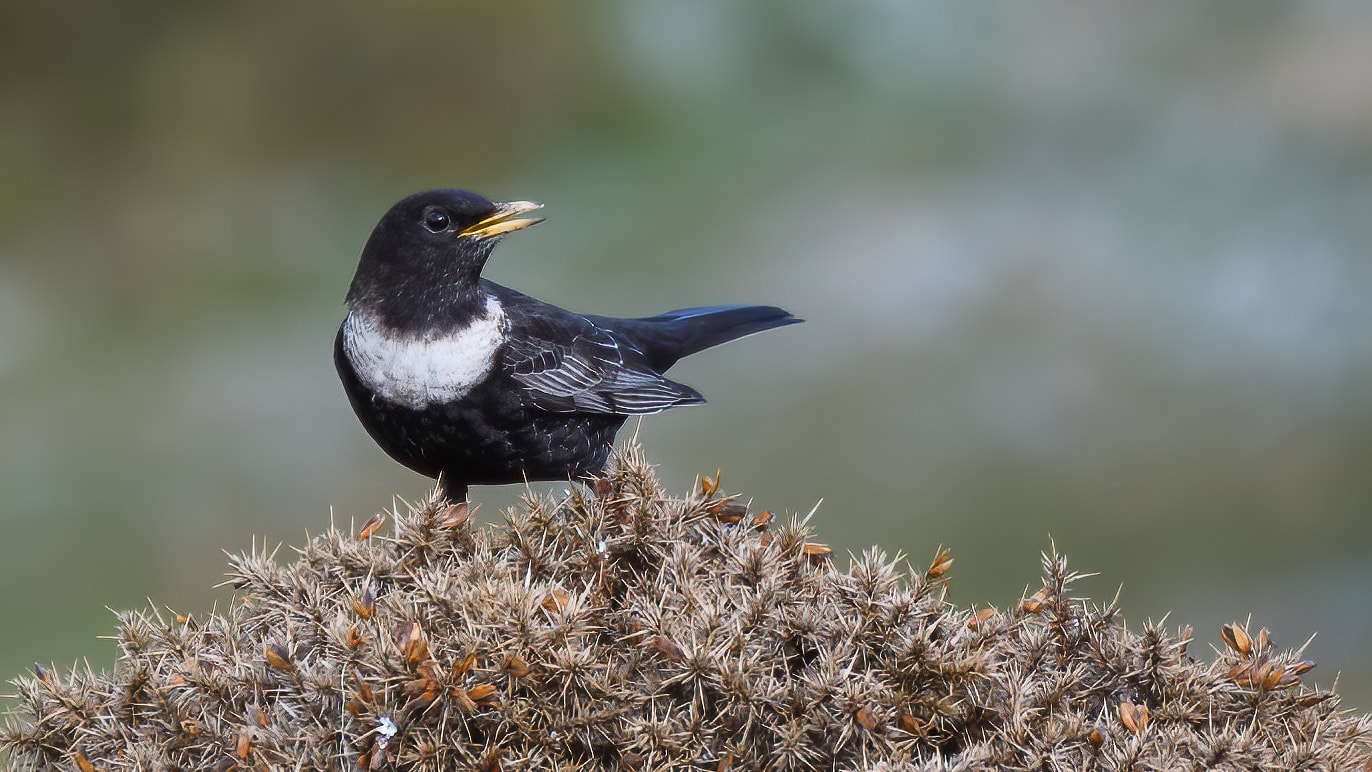|
More than a million people participated in the RSPB Big Garden Birdwatch at the end of January, including a record 53,000 people who counted 1,094,355 birds in Wales. Once again, the House Sparrow took top spot, while Starling stepped up to second and Blue Tit dropped to third place. Cold weather may have pushed Starlings west into Welsh gardens, while Blue Tit numbers have fallen by almost 20% in the last decade following several poor breeding seasons.
The annual Birdwatch is just one way to connect with birds. A YouGov survey found that 35% of people in Wales had seen wildlife near home over the last 12 months that they had never noticed before. It also revealed that 63% of people in the UK said watching birds and hearing their song added to their enjoyment of life during the pandemic, with 51% saying that lockdown has made them more aware of their local nature. So, how to maintain that enthusiasm as lockdown eases? Spring migration provides one opportunity, and although cool winds slowed the arrival of some species, birdwatchers in North Wales saw good numbers of Ring Ouzels at the weekend: at least 10 in the Nant Ffrancon Valley, half a dozen each in Carneddau’s Anafon Valley and Tal-y-fan, and five at Minera, near Wrexham. The ‘Mountain Blackbird’ is Red-listed because of huge declines, but Snowdonia National Park is a stronghold and it’s vital that the right levels of grazing continue to support these special birds. White Wagtails streaming north to Iceland are stopping on our beaches and fields to refuel. The Cors Dyfi and Glaslyn Ospreys have each laid their first eggs, while a new pair has occupied the nest platform at Llyn Brenig. Winters hangs on with Scaup on Llyn Brân, Surf Scoter off Llanddulas and a Snow Bunting atop Moel Eilio, just north of Eryri.
0 Comments
Leave a Reply. |
Bird notesA weekly update of bird sightings and news from North Wales, published in The Daily Post every Thursday. Archives
July 2024
Categories |

 RSS Feed
RSS Feed
